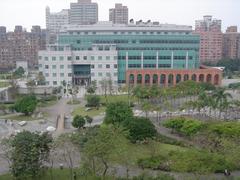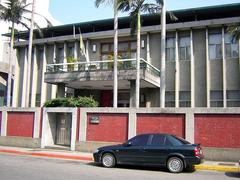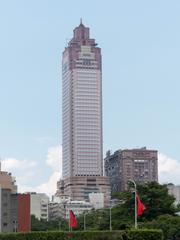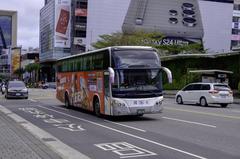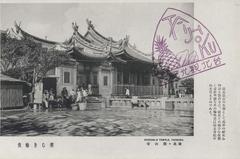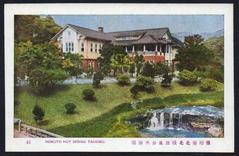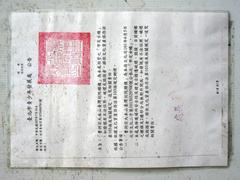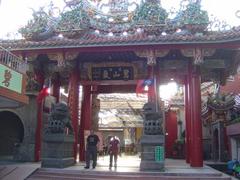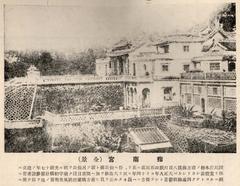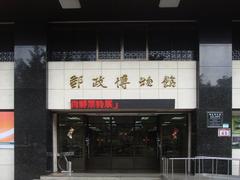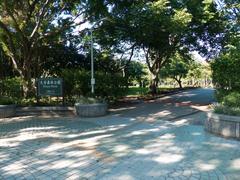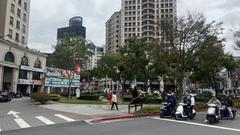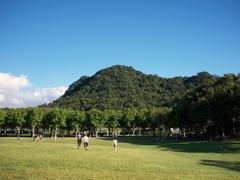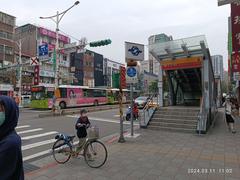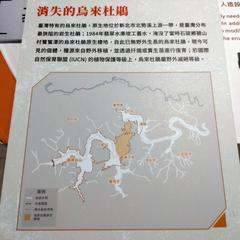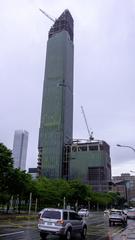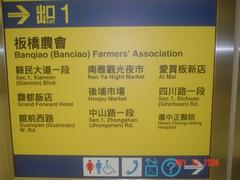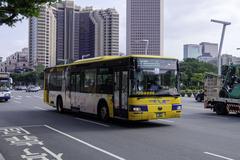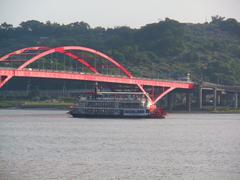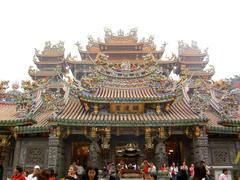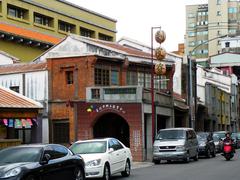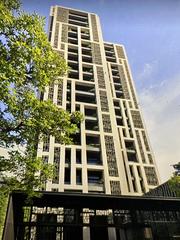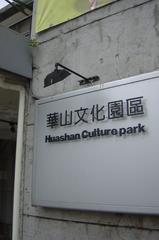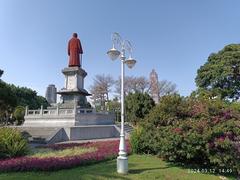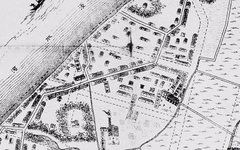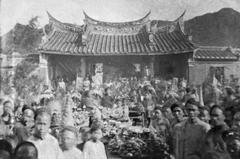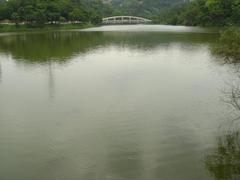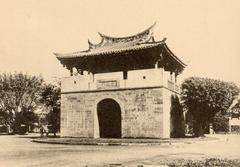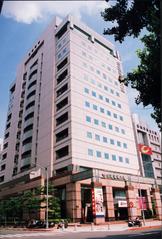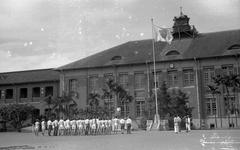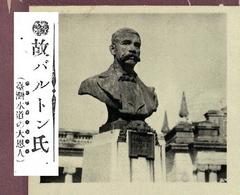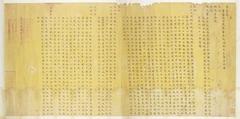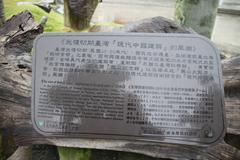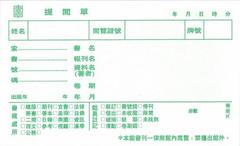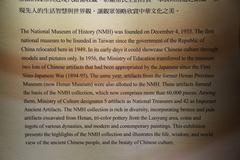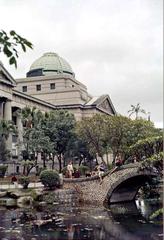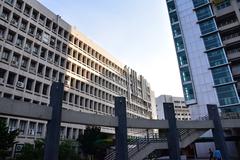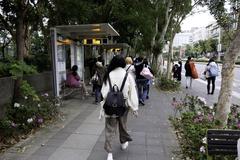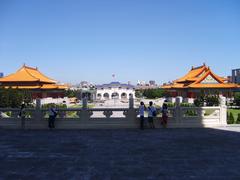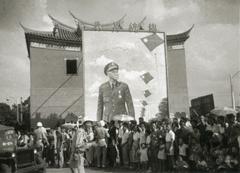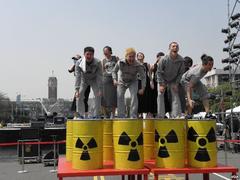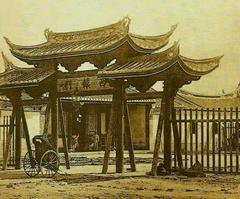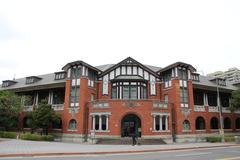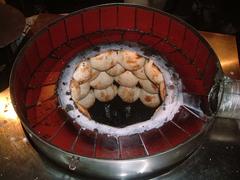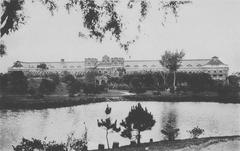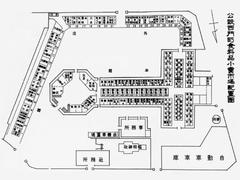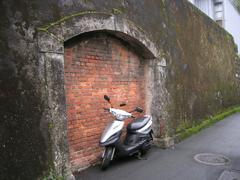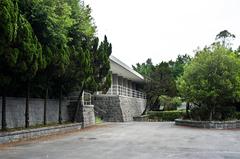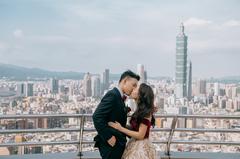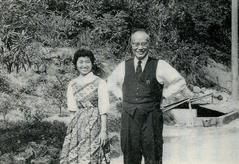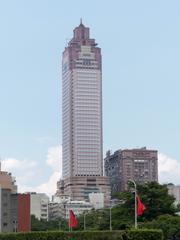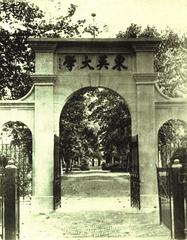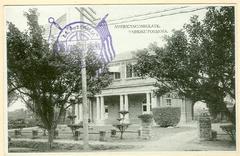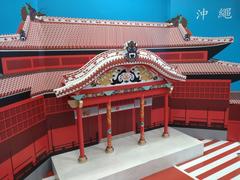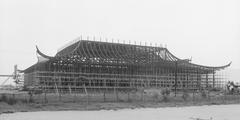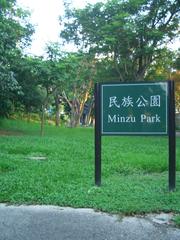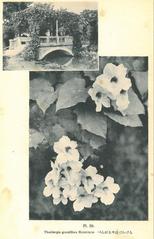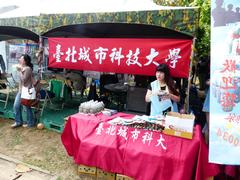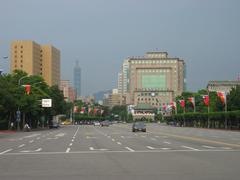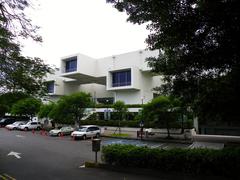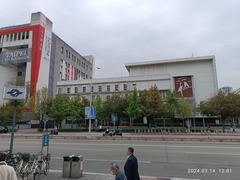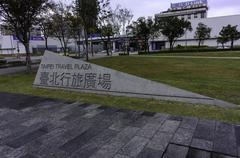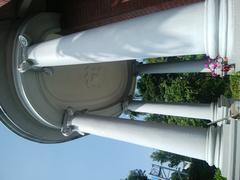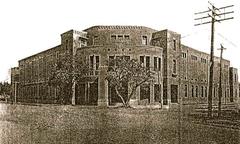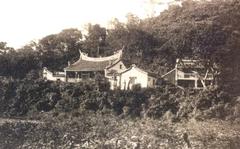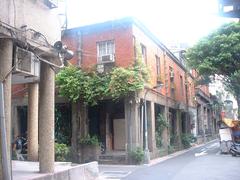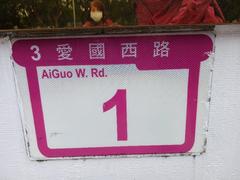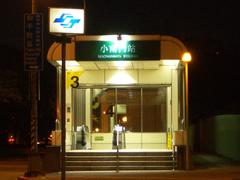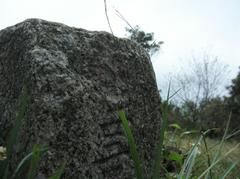Yan Xishan Tomb Taipei: Visiting Hours, Tickets, and Travel Guide
Date: 15/06/2025
Introduction
Yan Xishan’s Tomb, located in Taipei’s Yangmingshan National Park, is a significant cultural and historical site commemorating a pivotal figure in 20th-century Chinese history. Yan Xishan (閻錫山), known as the “Model Governor” of Shanxi, played a crucial role through the late Qing Dynasty, the Republican period, and the Chinese Civil War. His pragmatic governance, combining Confucian traditions with modernization, left a lasting impact. After retreating to Taiwan with the Kuomintang in 1949, Yan spent his final years in Taipei and was interred in a peaceful, scenic spot within Yangmingshan in 1960.
The tomb’s unique round structure, finished with blackish-green ceramic tiles and a square gravestone, symbolizes traditional Chinese cosmology. Its tranquil, forested setting offers visitors a place for reflection, cultural exploration, and a connection with Taiwan’s layered history. This comprehensive guide covers historical context, practical travel information, architectural highlights, accessibility, and nearby attractions, ensuring a rewarding visit for history enthusiasts, cultural explorers, and nature lovers alike (laitimes.com; history.ey.gov.tw; english.cmo.gov.taipei).
Table of Contents
- Historical Background and Significance
- Visiting Yan Xishan Tomb: Practical Information
- Architectural Highlights
- Visitor Experience and Travel Tips
- Nearby Yangmingshan Attractions
- Frequently Asked Questions (FAQ)
- Conclusion and Recommendations
- References
Historical Background and Significance
Yan Xishan: Life and Legacy
Yan Xishan was born in 1883 in Shanxi Province, China. Rising from a merchant family, he distinguished himself through military and political acumen, ultimately becoming Shanxi’s dominant warlord. His career spanned critical eras: the fall of the Qing dynasty, the Republican period, the Japanese invasion, and the Chinese Civil War.
Yan was renowned for his attempts to modernize Shanxi, promoting Confucian ethics, grassroots governance, and gradual reforms such as abolishing foot-binding and expanding education. His political adaptability allowed him to survive shifting alliances—at times working with Sun Yat-sen, aligning with Chiang Kai-shek, and resisting Communist forces (laitimes.com; history.ey.gov.tw).
After the Communist victory in 1949, Yan evacuated to Taiwan, serving briefly as Premier before retiring to seclusion. He spent his final years in Yangmingshan, drawing comfort from the mountain landscape reminiscent of his native Shanxi, and passed away in 1960.
The Tomb’s Symbolism
Yan’s tomb is not only a resting place but also a symbol of the Nationalist legacy in Taiwan. Its modest, traditional design reflects Yan’s personal values and the solemnity of exile, while the site’s peacefulness invites contemplation of China’s modern history and Taiwan’s cultural identity (english.cmo.gov.taipei).
Visiting Yan Xishan Tomb: Practical Information
Location and Directions
- Location: Yangmingshan National Park, Taipei City, Taiwan
- Address: Near Qixingjun area, Yangmingshan
- Access:
- MRT + Bus: Take the Taipei MRT to Jiantan Station (Red Line), transfer to bus R5 or S15 toward Yangmingshan. Disembark near the Qixingjun area and follow park signage.
- By Car/Taxi: Limited parking is available; taxis from central Taipei take about 30 minutes.
Visiting Hours
- Open daily: 8:00 AM – 5:00 PM
- Best time to visit: Early morning or late afternoon for cooler weather and softer light.
Admission
- Tomb admission: Free
- Yangmingshan National Park admission: Some areas require a nominal fee depending on the entrance point.
Accessibility
- Paths: Paved but with some uneven terrain and gentle inclines.
- Wheelchair/stroller access: Limited; visitors with mobility issues should check in advance.
Facilities
- Restrooms: Available near primary park entrances.
- On-site amenities: Benches for rest; no food vendors—bring your own water and snacks.
- Signage: Bilingual (Mandarin and English) for key sites.
Guided Tours
- No regular guided tours are dedicated solely to the tomb, but some broader Yangmingshan or historical tours include the site. Check with local operators or visitor centers for special commemorative events, especially in May.
Architectural Highlights
- Design: Circular tomb structure with blackish-green ceramic tiles, symbolizing unity and the harmony of Heaven (round) and Earth (square).
- Gravestone: Square stone at the center, following Chinese cosmological traditions.
- Setting: Surrounded by mature trees and rolling hills, with panoramic views of Taipei and the park’s natural beauty.
- Integration: The tomb’s unobtrusive design blends with Yangmingshan’s tranquil landscape, reflecting Yan Xishan’s preference for simplicity and connection to nature (english.cmo.gov.taipei).
Visitor Experience and Travel Tips
- Wear comfortable walking shoes; some paths are steep or uneven.
- Bring water and sun protection, especially in warmer months.
- Visit in the morning or late afternoon to avoid crowds and enjoy the best lighting for photography.
- Respect the solemn atmosphere: Speak quietly, do not climb on monuments, and carry out any trash.
- Photography: Permitted and encouraged, particularly for the tomb’s architecture and natural surroundings.
- Weather: June is hot and humid, with potential afternoon showers—plan accordingly and check the forecast (Taiwan Obsessed: Weather in June).
Nearby Yangmingshan Attractions
- Yan Xishan Former Residence: Declared a historical monument, offering deeper insights into Yan’s life and exile.
- Yangmingshan National Park: Hot springs, hiking trails, volcanic landscapes, and flower displays (notably hydrangeas and calla lilies in season).
- National Palace Museum: World-class collection of Chinese art and artifacts.
- Shilin Night Market: Taipei’s most famous food and shopping destination.
- Chiang Kai-shek Shilin Residence: Former home and gardens of Chiang Kai-shek and Soong Mei-ling.
- Maokong Gondola: Scenic cable car rides and tea plantations (check for seasonal maintenance closures).
Frequently Asked Questions (FAQ)
Q: What are the visiting hours for Yan Xishan’s Tomb?
A: Open daily from 8:00 AM to 5:00 PM.
Q: Is there an entrance fee?
A: Entry to the tomb is free. Yangmingshan National Park may charge a nominal fee at some entrances.
Q: How do I get there by public transport?
A: Take MRT to Jiantan Station, then bus R5 or S15 to Yangmingshan, and follow signs to the tomb.
Q: Are guided tours available?
A: Occasionally, especially during commemorative events. Check with local visitor centers.
Q: Is the site wheelchair accessible?
A: Some areas are accessible, but uneven terrain may pose challenges. Check in advance.
Q: Can I take photographs?
A: Yes, photography is encouraged, but please be respectful.
Conclusion and Recommendations
Yan Xishan’s Tomb offers a rare glimpse into the history of modern China and Taiwan, set against the serene landscape of Yangmingshan National Park. Free admission, convenient public transport, and nearby attractions make it a rewarding destination for travelers seeking historical context, cultural reflection, and natural beauty.
For the best experience, plan your visit during daylight hours, wear comfortable shoes, and combine your trip with other Yangmingshan highlights or Taipei’s cultural sites. Check local resources or the Audiala app for the latest updates and event information.
References
For more travel tips and historical insights, download the Audiala app and follow us on social media for updates on Taipei’s heritage sites.
